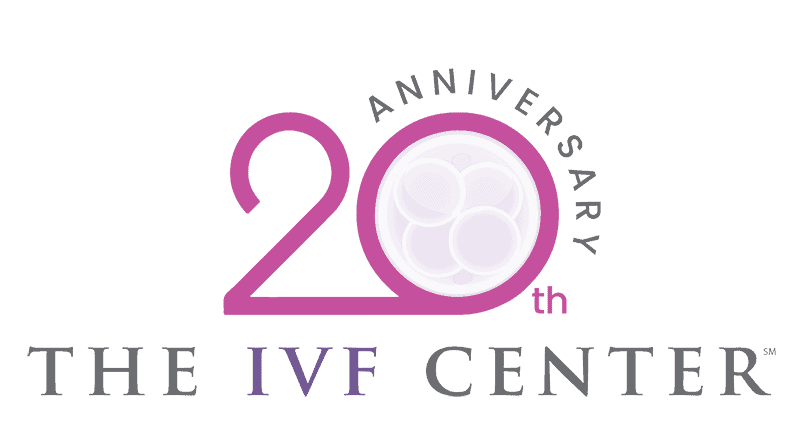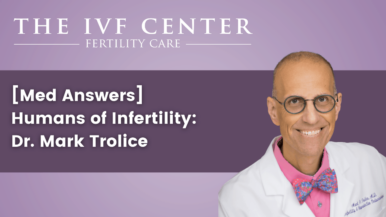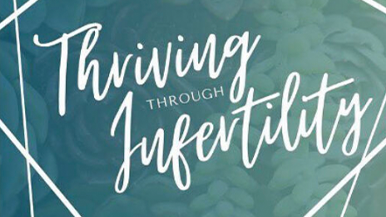Barren. Doesn’t that word sound negative, even without knowing the meaning? Synonyms listed in Merriam-Webster for the word include desolate, fruitless, devoid, and lacking. The Bible mentions “barren” several times throughout the different books, almost exclusively as uniquely a condition of women (Genesis 11:30: “Now Sarai was barren, she had no child.” ESV).
 Research has proven infertility to be an equal problem among both men and women, a statistic offered by an expert in human infertility.
Research has proven infertility to be an equal problem among both men and women, a statistic offered by an expert in human infertility.
When asked whether infertility is more problematic for females than males, Dr. Trolice provided an answer and statistics that refute the long-held belief of it being primarily female: “In primary infertility, for women less than 30 years old who have never been pregnant, the monthly rate of conception is 20% to 25%. Cumulatively, after one year, 85% will have conceived. Infertility affects 15% of the population (over 9 million in the US), and the causes are equally divided between men and women.”
When specifically asked about infertility causes in females, 40% are caused by a tubal factor (either a blockage in the beginning or the end of the tube), and 40% from an ovulatory problem (either infrequent or complete lack of the natural release of the egg).”
Protecting Fertility
When queried on causes of female infertility that could be prevented, Dr. Trolice mentioned the following areas in which a woman can protect her fertility:
1.DO NOT SMOKE
“Tobacco accelerates ovarian aging.”
 2. Take precautions to avoid risk of contracting sexually transmitted infections (STIs).
2. Take precautions to avoid risk of contracting sexually transmitted infections (STIs).
“These may damage fallopian tubes. [The] most common STIs are Chlamydia, then gonorrhea, both of which damage fallopian tubes, causing blockage and pelvic adhesions (scarring) called pelvic inflammatory disease (PID)—often symptomatic but may also occur without a woman’s awareness. Other than abstinence, condoms are the best protection against STIs, but certainly not a guarantee.”
3. Maintain a healthy body weight (not only to reduce infertility but to reduce potential for miscarriage and pregnancy complications).
4. Attempt conception no later than 32 to 33 years of age.
Common Test and Studies
Dr. Trolice was then asked to list the more common tests and studies performed to define the cause of a woman’s infertility, and also to elaborate on how an infertility workup has changed in the last 25 years.
“In one month, the basic infertility evaluation can be performed: sperm analysis, assessment of tubal patency (by hysterosalpingography, or HSG), as well as confirmation of ovulation using a urine predictor kit or blood test.”
The above is an excerpt from “Heartbreak to Hope,” an article published on AhdioOnline.org.
To read the full article, please visit the following link: Heartbreak_to_Hope.
We are Central Florida’s most successful IVF Program.
To learn more about our work, please schedule your consultation or join the conversation on Facebook and Twitter.






